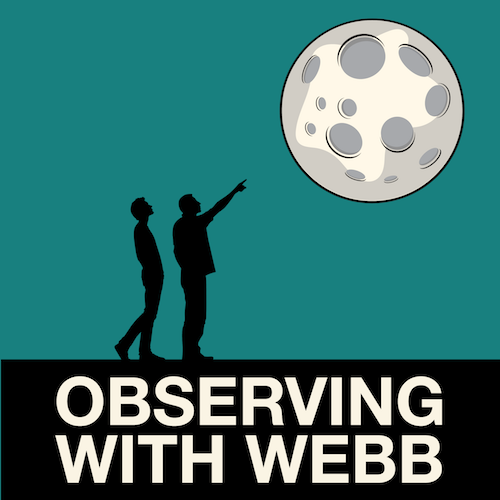December, though probably very cold, will bring us some close encounters, a meteor showers, all 5 naked-eye planets, and some very long nights.


December, though probably very cold, will bring us some close encounters, a meteor showers, all 5 naked-eye planets, and some very long nights.


Prepare your instruments for planetary observations and it’s time for #Orionid #meteorshower. #365DaysOfAstro

September is very uneventful, with a week of a close encounter lineup of the Moon, Jupiter, and Saturn, and the rather uneventful Autumnal Equinox. However, the nights are getting longer and the days shorter and cooler.

August is yet another month of Jupiter and Saturn, their shining very bright in evening and perseid meteor showers.

July is the month of Jupiter and Saturn this year, with both gracing the skies all night. Check it out at #365DaysOfAstro with @MrWebbPV

June will be warmer, with shorter nights, but still some good events. Watch for Mercury and Mars in a conjunction mid-month, Jupiter up all night long, and some good lunar close encounters.

May is looking to be a great month for catching up on constellations, enjoying the warm air, and checking out the Moon getting close to the planets.

April is fairly non-eventful, except for the annual Lyrid meteor shower and some good close encounters between the Moon and Mars, Jupiter, and Saturn, and at least one rocket launch.

A great morning lineup in the beginning of the month, all the naked-eye planets visible at some point in the month, and a great lineup ending the month is making March another great morning planetary astronomy month.